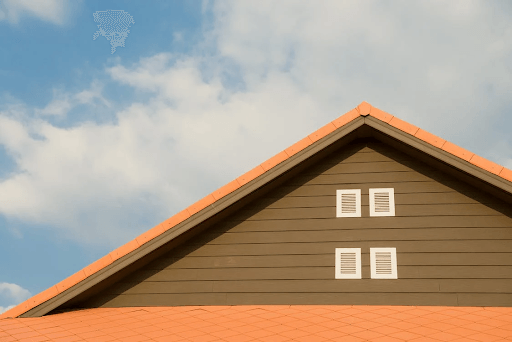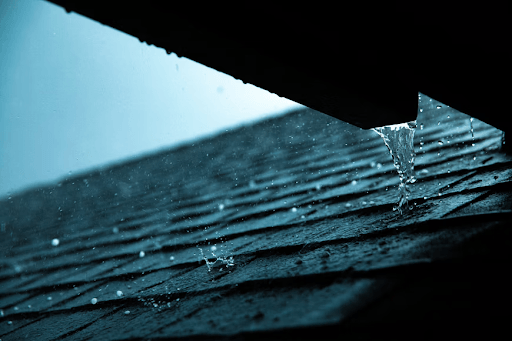
Believe it or not, there isn't a one size fits all option when it comes to roofing. You have quite a few choices depending on your home, needs, wants, and budget. A few different types we work with include metal, gable, wood shingle, and asphalt composition shingle. Keep reading to find out the benefits of all four and to help you decide which is best for your house.
Metal Roofs
Metal roofing isn't simply sheets of metal on your home – aluminum can be shaped to look like other types of roofs, including slate, tile, and shingle. It comes with several benefits:
- Durability
- 40 to 70 years of longevity
- Can hold up against extreme weather conditions, including wind and heat (perfect for the midwest)
- Requires little maintenance
- Can reduce energy costs by 10-25%
- Consists of 95% recycled material
- Fully recyclable when it comes time to replace
However, it's important to note that metal is one of the more expensive options for residential roofing – it may be cost-prohibitive for some. Furthermore, heavy rain or hail can be extremely loud without proper attic installation.

Gable Roofs
Also known as pitched or peaked roofs, gable roofs are easily recognizable thanks to their triangular shape. They are often found on ranch and Cape Cod-style homes and can be made of asphalt, metal, or concrete. Just like metal, they come with quite a few benefits that could make them the roof of choice for your house:
- Snow and rain slide right off them
- They reduce the chance of leaks and water damage
- Lower cost of installation
- Provide additional attic space
- Improve ventilation in the home
- Energy efficient in the winter and summer due to vents
- Can include windows for natural sunlight
However, here are a few downsides to gable roofs. While it's great for snow storms, it may not hold up as well against high winds. Also, improper installation can cause it to collapse.
Wood Shingle Roofs
For a classy look, wood shingles are a great roofing choice. They provide a natural appearance and can be made out of cypress, cedar, or redwood. It's crucial, however, to weigh the pros and cons of this option carefully, as it is not an ideal option for every home – even though it looks fantastic.
Some benefits to note include the following:
- They're naturally resistant to weather
- They provide many finishing options
- Certain types of wood are more stable and robust than others (such as cedar)
- They're great for insulation
- They're environmentally-friendly
Wood shingles and shakes will require maintenance to keep mold, water damage, and pests at bay. You must work with a professional, as incorrect installation can lead to severe problems with your roof, like materials that do not meet fire safety codes.

Asphalt Composition Shingle Roofs
Did you know that composition shingles are North America's most common roofing material? They are usually made of fiberglass or recycled paper mixed with asphalt and colored mineral granules. A few upsides to installing asphalt composite shingles are:
- Low cost of installation
- Can be installed on almost every type of roof
- Several available designs and colors
- Energy-efficient
- Class A fire rating
- Insulate sound
- Easy to install
There are, of course, downsides though as well. Damage from a tree or weather can cause shingles to fall off, curl, or crack. In addition, they tend to need maintenance in only eight years and may only last up to 15 years.
Choosing a suitable roofing material is essential for topping your home with beauty in mind. From metal to wood, there are plenty of options to help you make your dream home a reality.
Not sure which roofing material to go with? Our team can help. We have experience working with homes and businesses in the Greater St. Louis area to choose the best roofs to fit their wants, needs, and budget.
Contact us today to get started!



